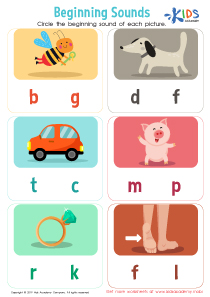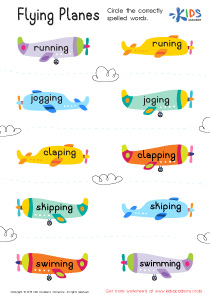Handwriting practice Letter Sounds Worksheets for Ages 5-6
4 filtered results
-
From - To
Enhance your child's literacy skills with our engaging Handwriting Practice Letter Sounds Worksheets for Ages 5-6. Designed to make learning fun, these worksheets focus on developing fine motor skills while introducing foundational phonics concepts. Each worksheet features vibrant illustrations and interactive activities, helping young learners connect letter shapes with their corresponding sounds. As children practice writing each letter, they simultaneously reinforce their understanding of phonetics, paving the way for reading success. Perfect for home or classroom use, these worksheets are an excellent resource for fostering a love of learning in early education. Start your child's literacy journey today!


Letter P Sound Worksheet
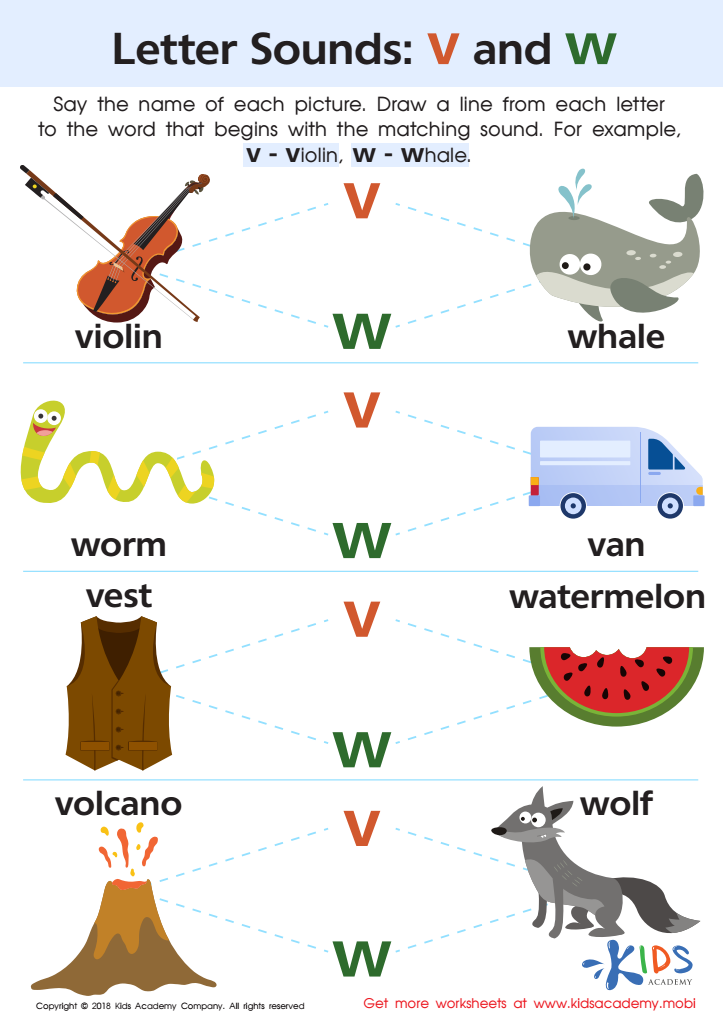

Letter V and W Sounds Worksheet
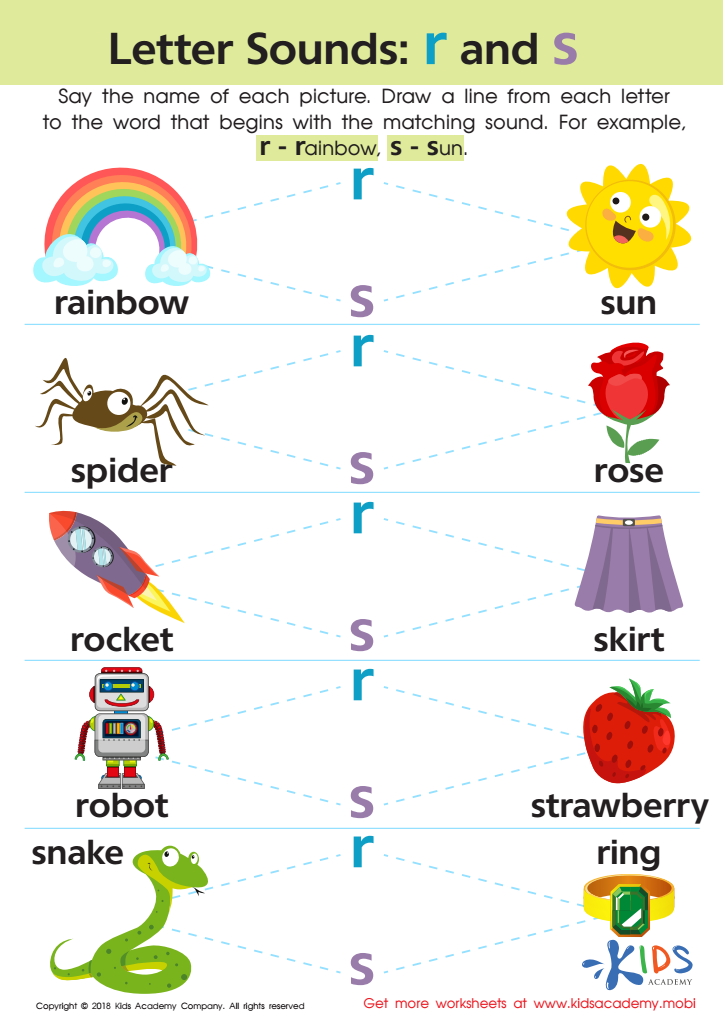

Letter R and S Sounds Worksheet
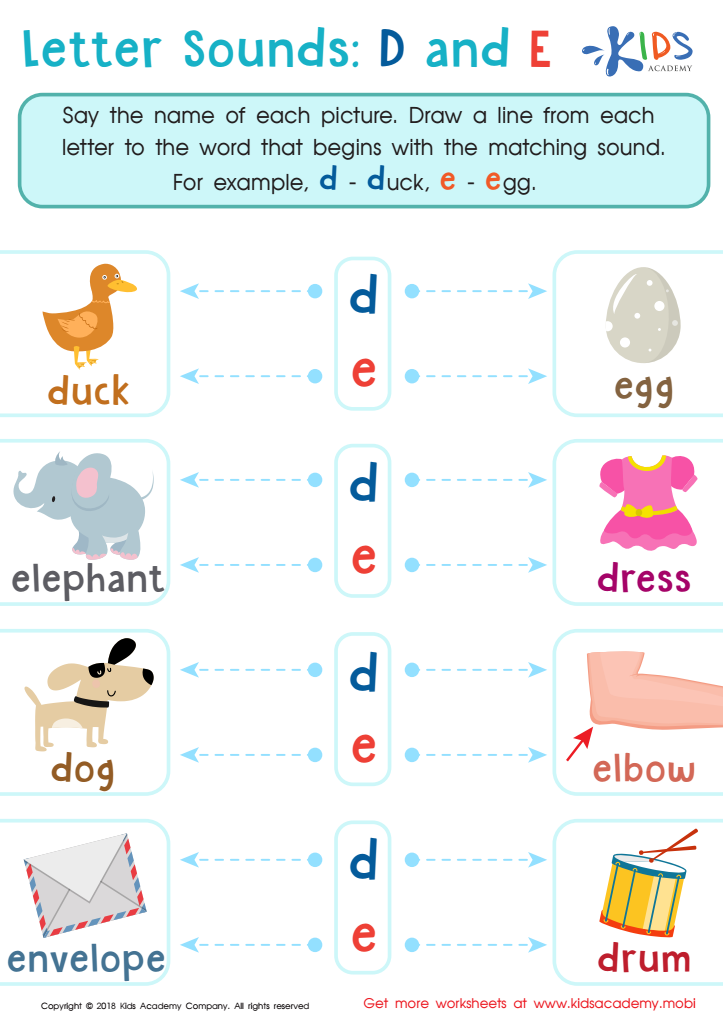

Letter D and E Sounds Worksheet
Handwriting practice and letter sounds are crucial components of early literacy development for children aged 5-6, laying the foundational skills necessary for reading and writing. At this young age, children's brains are highly receptive to learning, and engaging them in handwriting exercises can enhance their motor skills, promoting better coordination and control over writing tools. This practice also aids in learning letter formation, enabling them to write letters legibly and with confidence.
Additionally, pairing handwriting with letter sounds reinforces phonemic awareness, which is essential in helping children connect the shape of letters with their corresponding sounds. This understanding is fundamental for decoding words and spelling as they progress in their reading journey.
Involving parents in this practice can create a supportive home environment, strengthening the link between school and home literacy efforts. When children see their caregivers participating, they're more likely to feel motivated and engaged. Overall, prioritizing handwriting and letter sounds fosters early reading skills, boosts self-esteem, and prepares children for academic success as they transition to absorbing more complex literacy concepts in the years ahead. Investing time in these areas now will yield significant benefits for their future learning experiences.
 Assign to My Students
Assign to My Students










